City Spotlight | Pinewood Battery Heritage Trail: A portal to another time
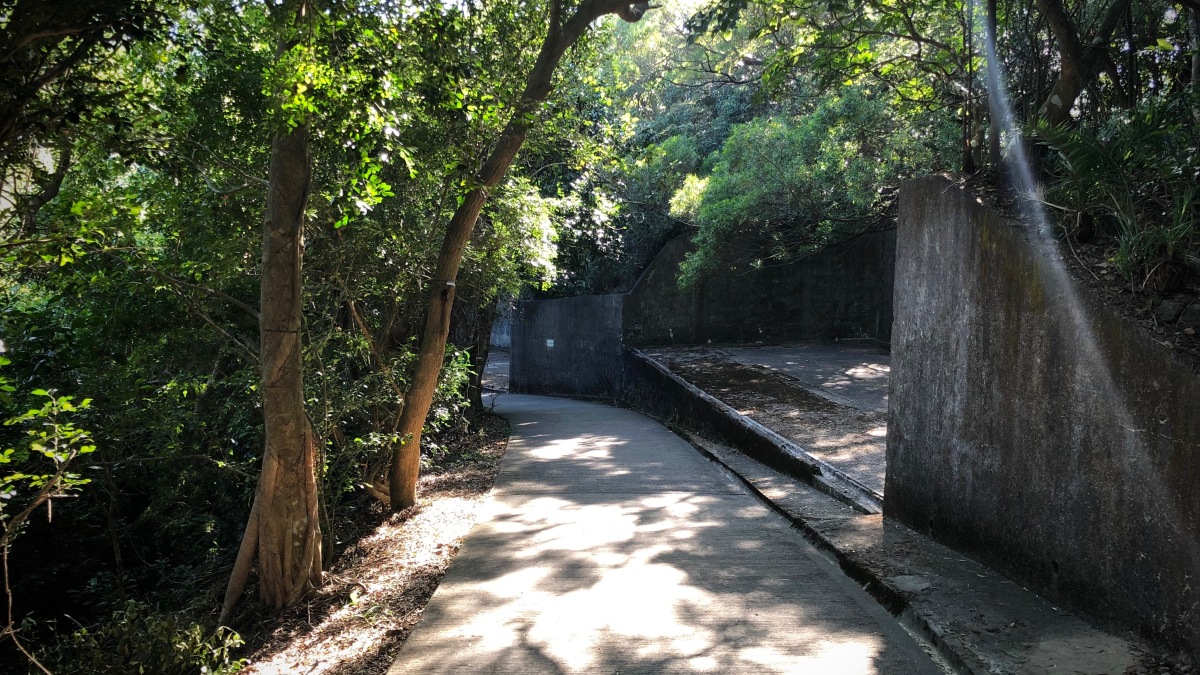
By J. B. Browne
Battle of Hong Kong 1941
Imagine waking at 8 a.m. to the unfamiliar roar of hellfire distant booms. It's December 8, 1941. A few hours earlier, Japanese forces had launched a surprise attack on Pearl Harbor, and the day before, Hong Kong was abuzz with holiday excitement. Christmas was approaching. Trees were in living rooms, presents were gathering underneath.
Instead, that morning, those near Kai Tak aerodrome shook out of bed in time to the rattling of window frames. Those lucky enough to be elsewhere felt earthquakes they had never experienced—bursts of vibration that seemed to follow big bright flashes around all day.
As Japanese fighters and bombers crossed the border into the New Territories, alighting the Island soon after, the British garrison, drastically outnumbered 13,500 against 40,000, fought bravely for two weeks. British authorities knew further resistance was futile. Ten thousand lives evaporated in the abysmal chaos and slaughter. The garrison surrendered. It was Christmas Day, 1941.
Pinewood Battery
As the imperial Army wrought death and destruction across the landscape, Pinewood Battery—serving as part of the Island's anti-aircraft defense system—helped deter attacks on vital infrastructure and facilities, including protecting Victoria Harbour shipping activities. However, as the city burned, it fell under intense shelling and was destroyed. It was later abandoned, never to be used again after the war.
Pinewood Battery today exists as a cozy set of ruins inside Lung Fu Shan Country Park. A heritage trail now weaves through the century-old military structures, which received Grade II conservation status in 2009. A key component to an often overlooked aspect of Hong Kong's crucial past, the trail is a gem of local history, adventure, and discovery.
1. Pinewood Bungalow
If you follow the trail maps (there are many to reorient), the starting attraction is the foundation of Pinewood Bungalow. The small colonial-styled Victorian structure served as a mess hall for gunners, occupying a corner of the battery parade grounds. It was demolished in 1948.
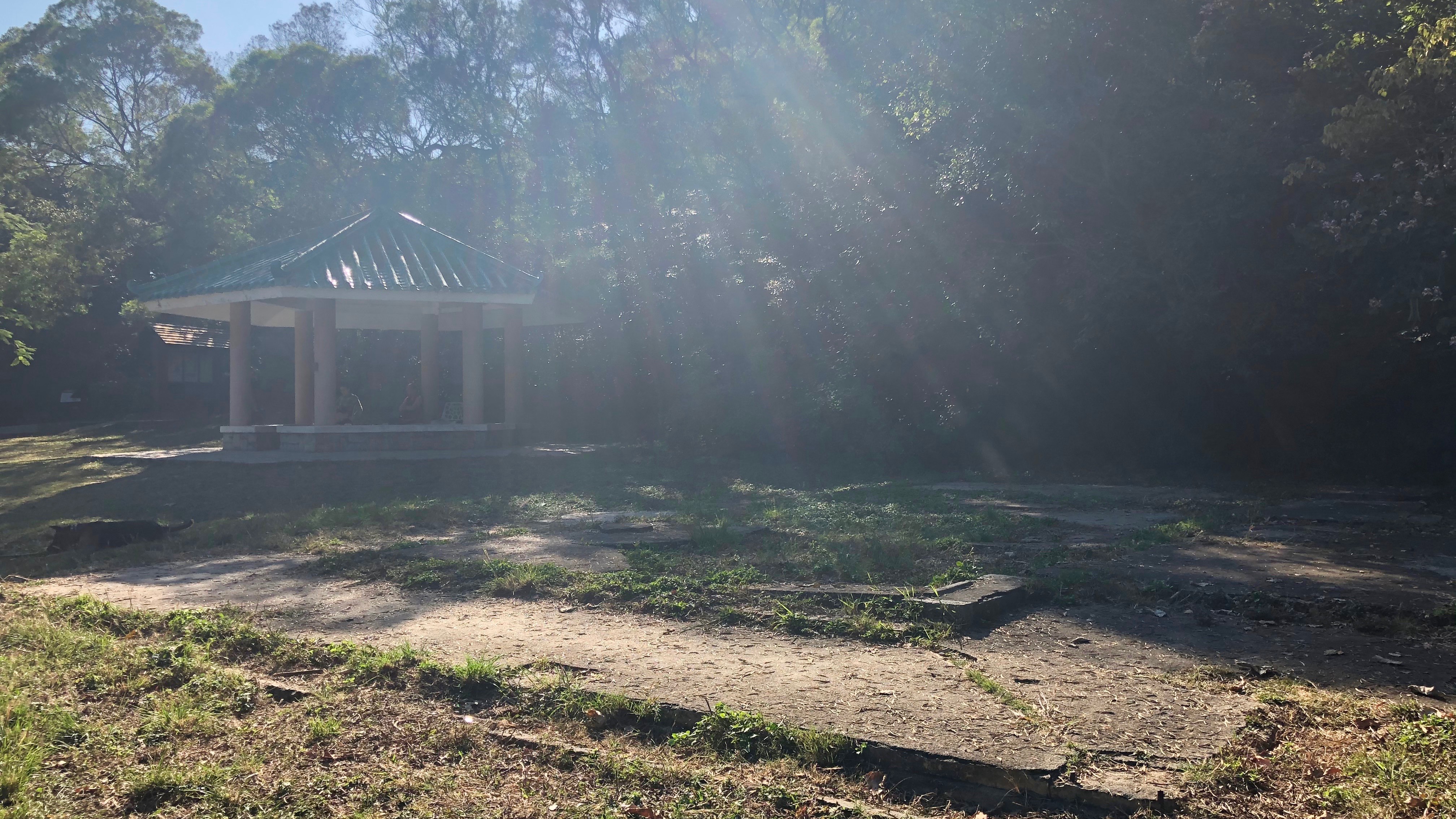
2. No.1 Gun Platform
Follow the path up the stairs to the bungalow's right to the No.1 Gun Platform. The entire Battery consisted of two gun platforms, an underground magazine for shells, a command post, and flagstaff. Each circular platform had two mounted BL 6-inch Mark VII guns, which could fire a 50kg shell between 12,000 and 14,000 yards. At 307 meters above sea level, the guns could hit long-range targets from Disneyland in the west to Shatin in the north.
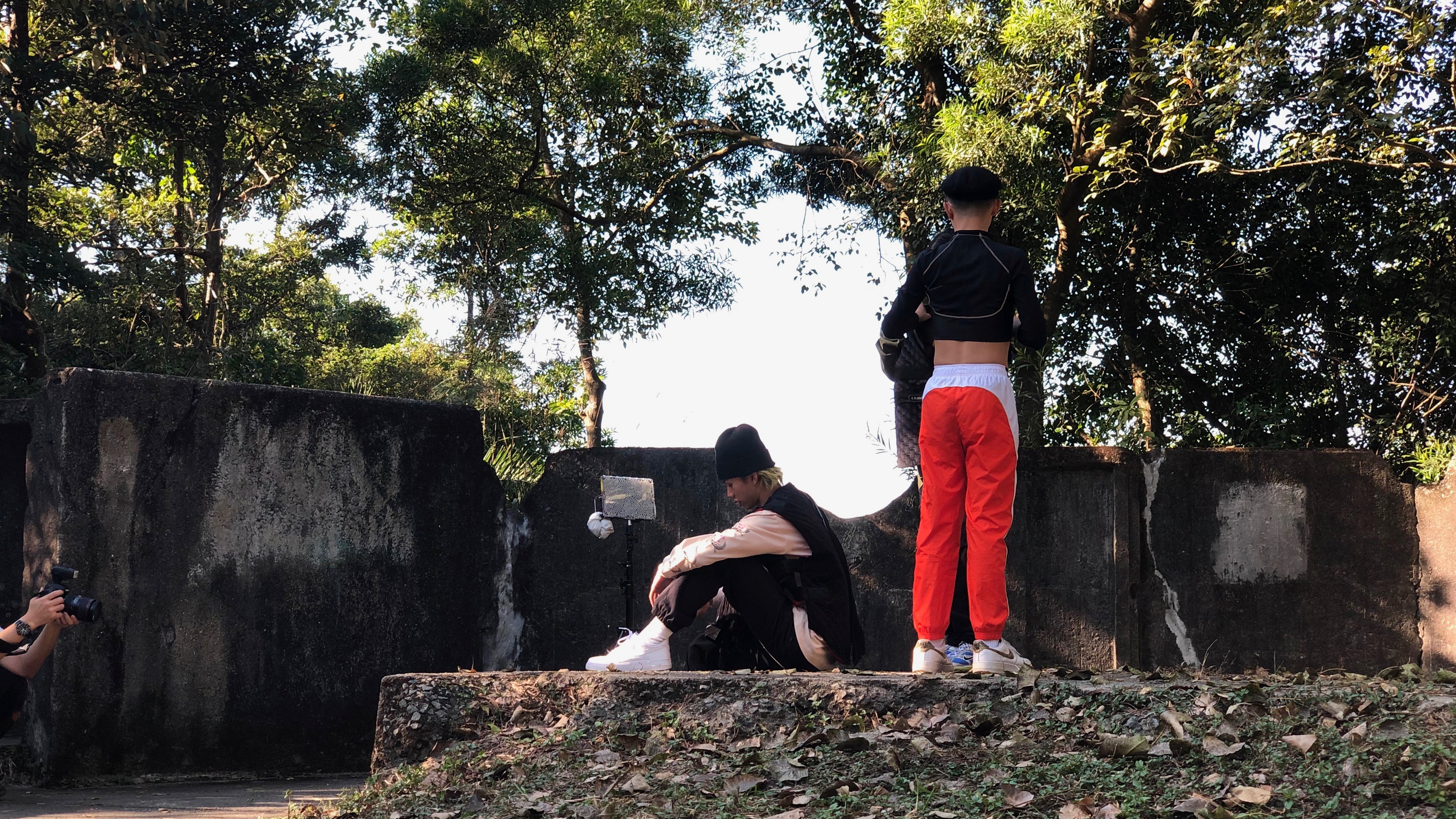
3. Battery Command Post (as Coastal Gun Battery) & Magazine
The gun itself had to be manned by a crew of up to 13, who took care of loading and elevating the gun for aim. The magazine supplied the gunners with shells and other propellants. Shelters for the gun crew and officers were at the magazine's rear.

4. Command Post (as Anti-Aircraft Gun Battery)
Opposite the magazine and No.1 Gun Platform is the ex-command post, which was reinvented as an anti-aircraft gun battery in 1936. By the late 1930s, anti-aircraft gun battles were centrally controlled, connected through underground telephone lines—state-of-the-art technology at the time. The expectation was that an anti-aircraft gun barrage would destroy or at least weaken enemy aircraft flying in formation.
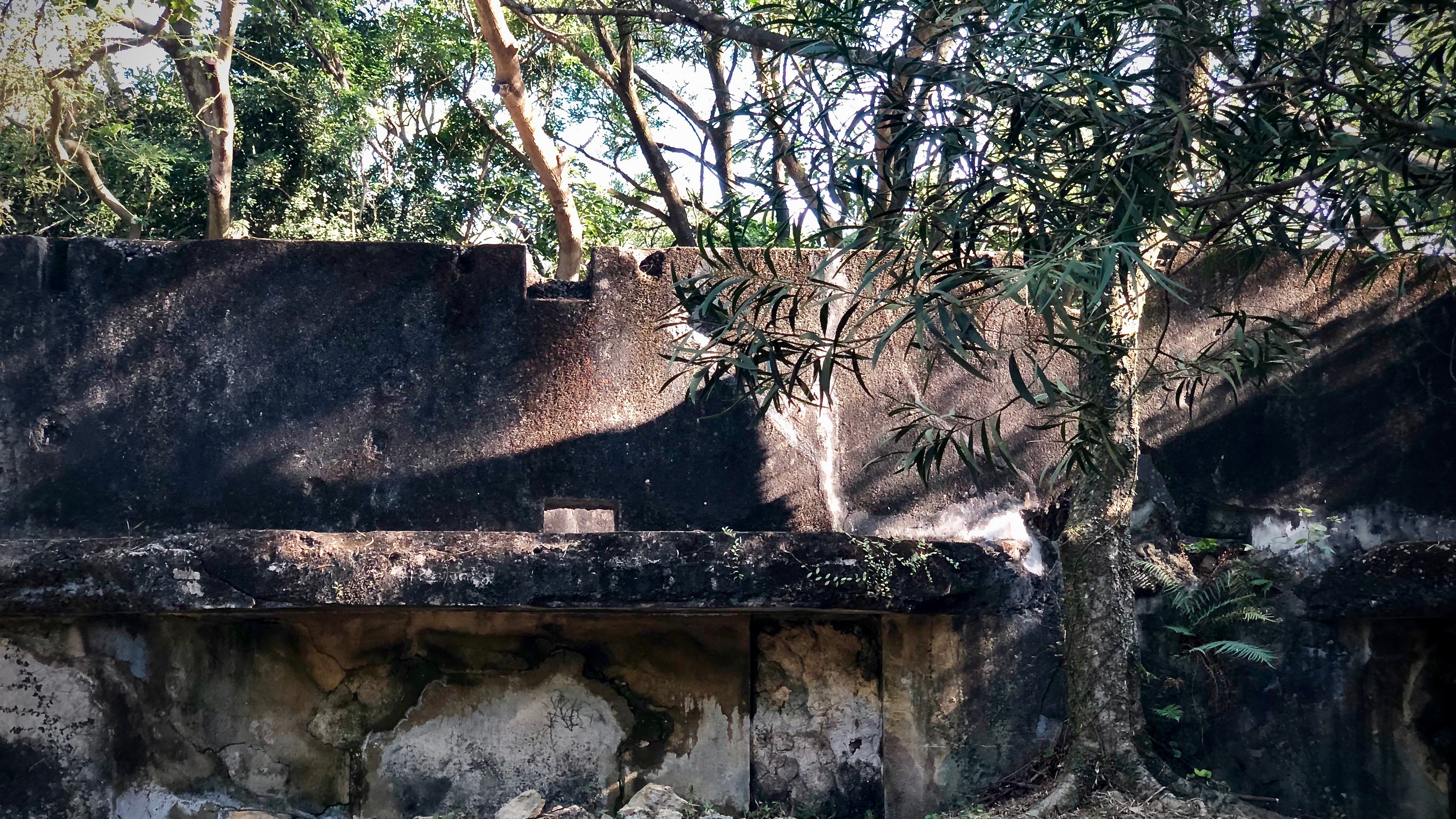
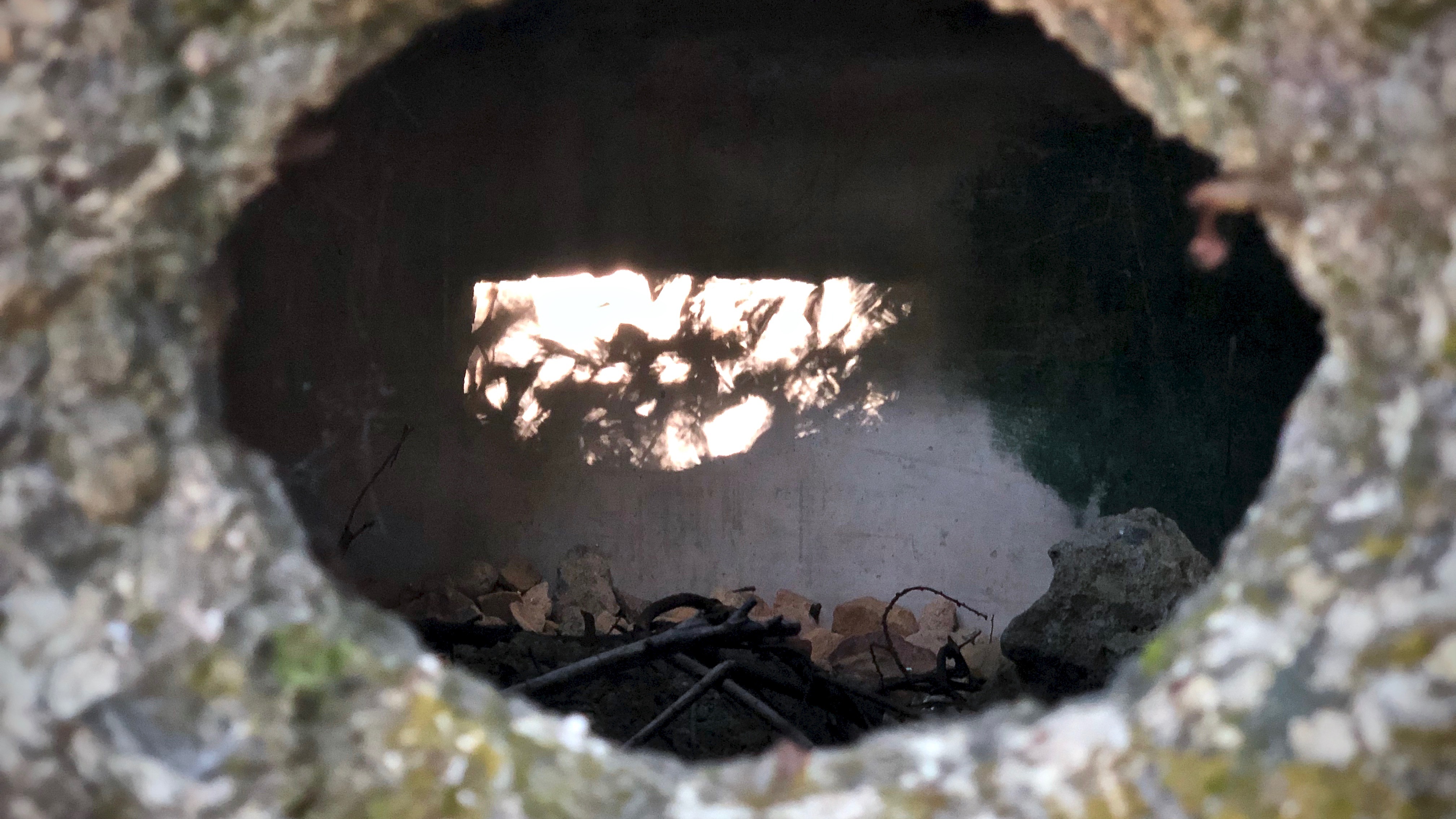
5. No.2 Gun Platform
Manned by a crew of up 11, the gun on this platform could maintain rapid-fire rates of up to 18 rounds per minute.
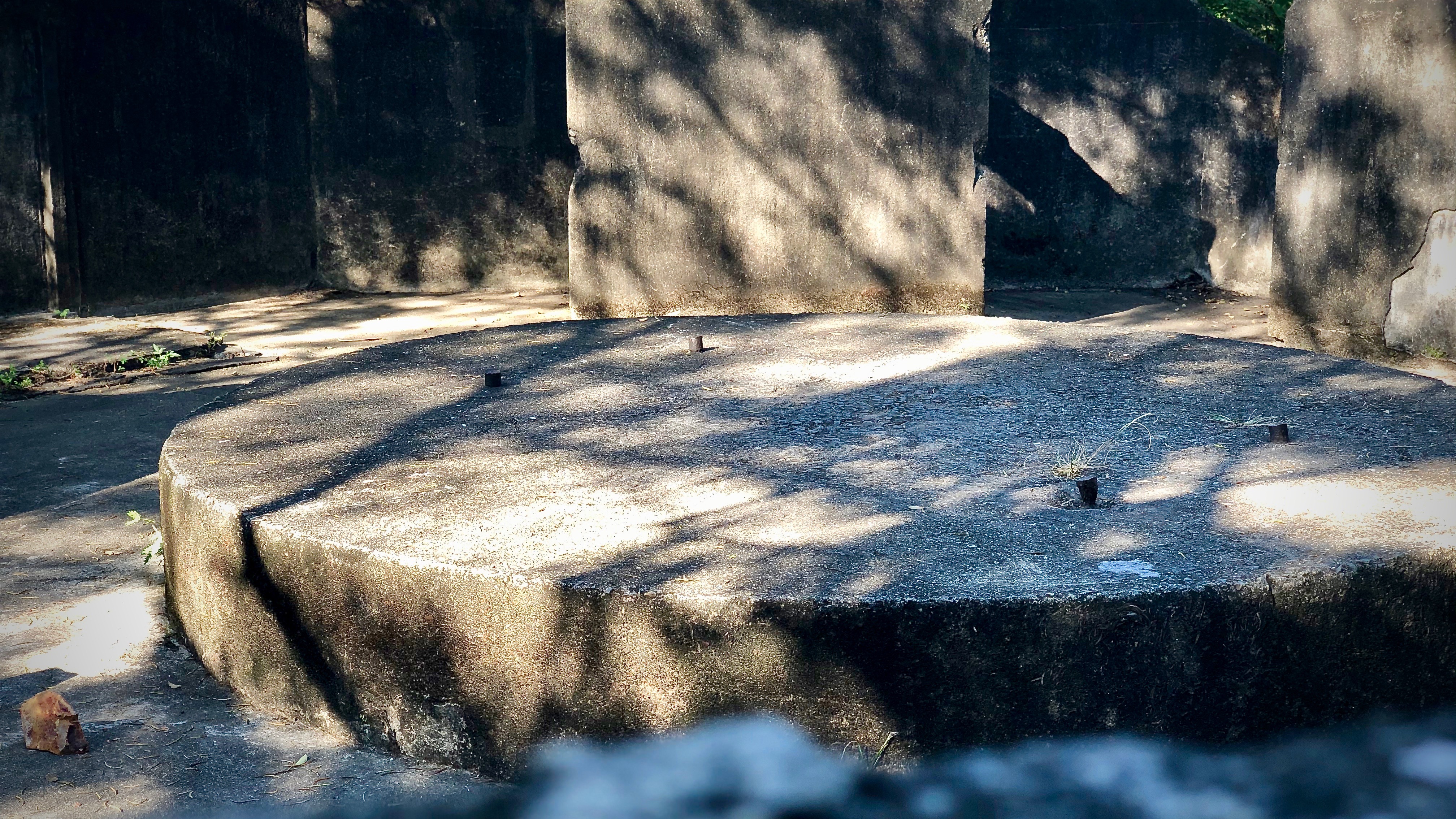
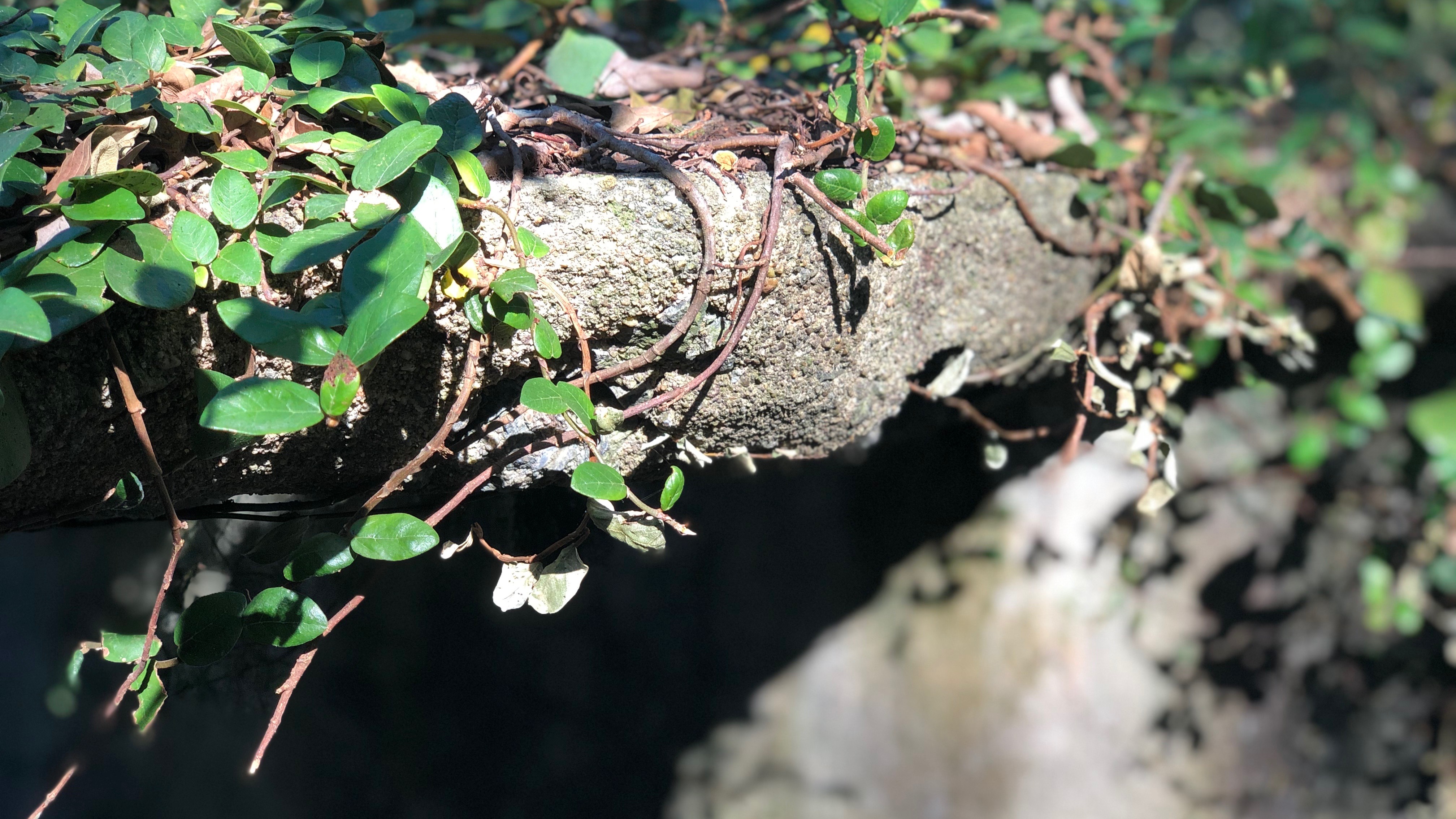
6. Observation Post
"Enemy Raiders Caught in Searchlights!" goes an artist's impression sketch (on one of the plaques) of the operation principle of a British air defense system—all thanks mainly to a fully-functioning observation post. An incredibly complex operation, the altitude and range finders would alert the gunner to the enemy aircraft's position. The predictor had the most challenging job, calculating the guns' elevation and the shells' timing to explode. Planes weren't hit directly. Instead, they received damage from close enough exploding shells, which was the primary strategy.
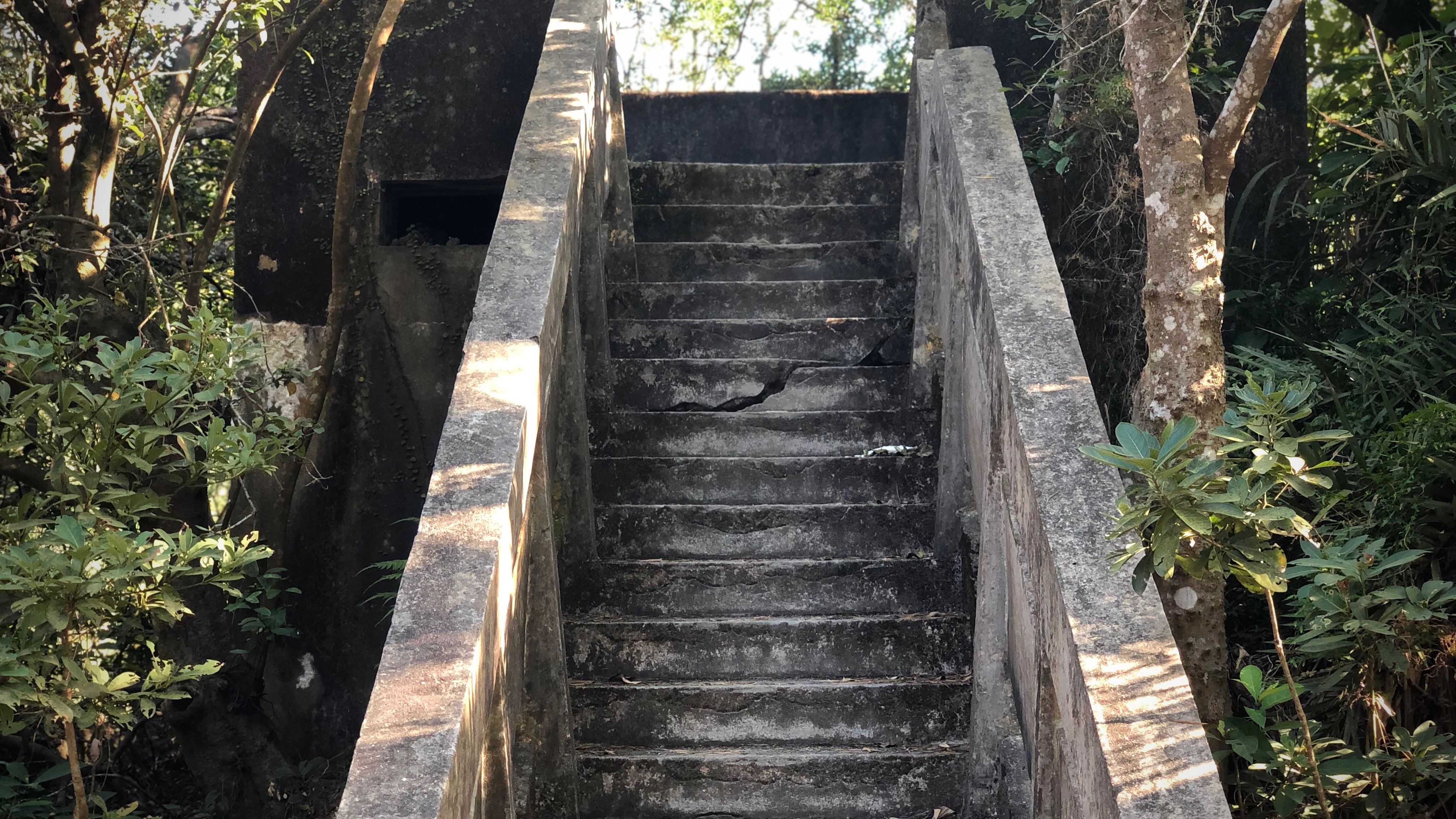
7. Latrine
The seventh "attraction" on the trail is down the mountainside at the bottom of some picturesque steps. As it was likely referred to by British soldiers, the bog had no drainage system. Waste was collected daily and manually by conservancy personnel. This night-soil had value as manure, and many, including the government, competed for its contract.
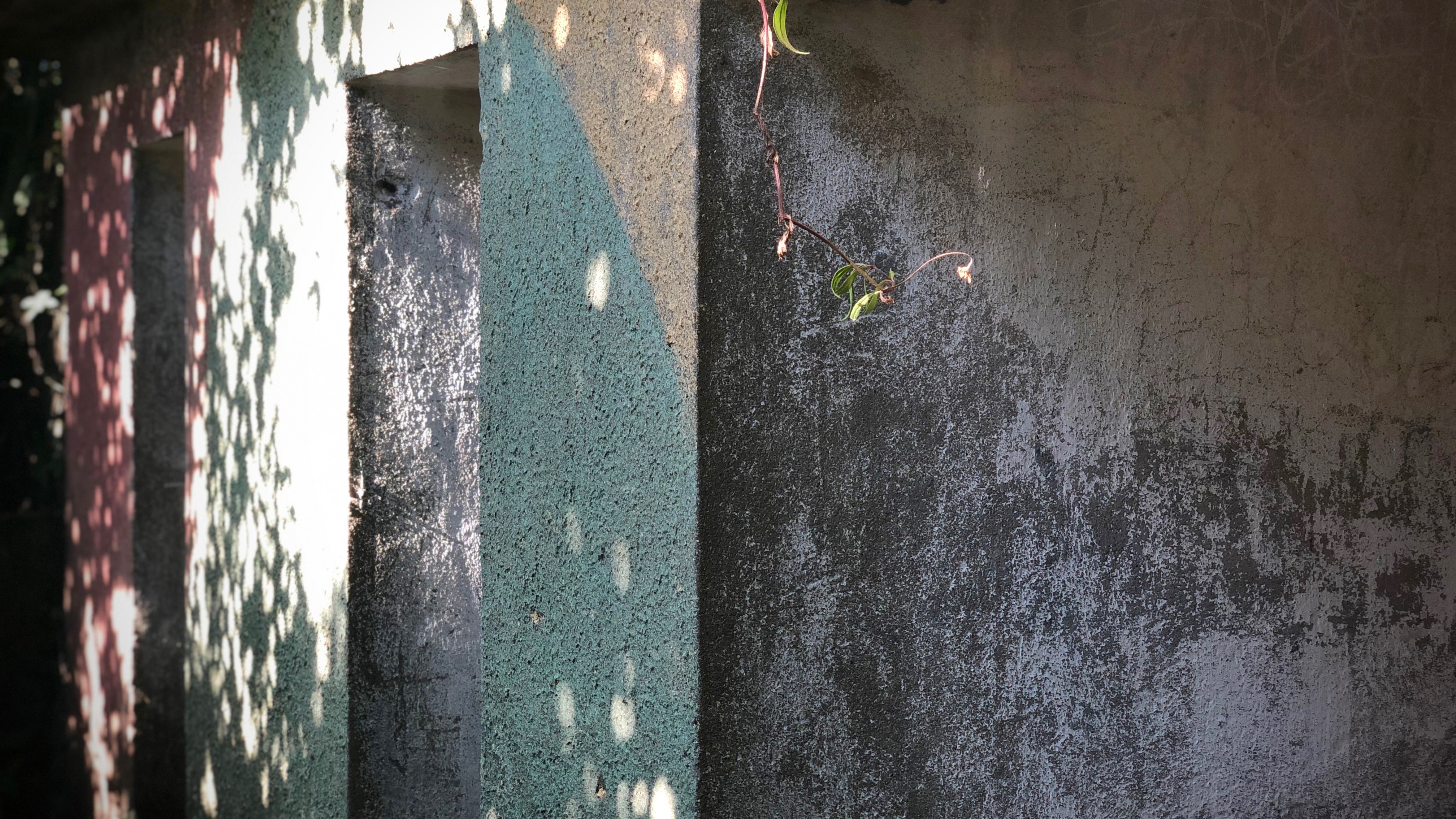
8. Splinter-Proof Bunker
From the latrine, the path takes you to the park's picnic shelters. From there, turn left and head down the shallow steps to the Battery's splinter-proof bunker or bunkers, which flank both sides. You can explore the hollowed-out structures at leisure. You won't find much other than thick mud and the odd bit of graffiti.
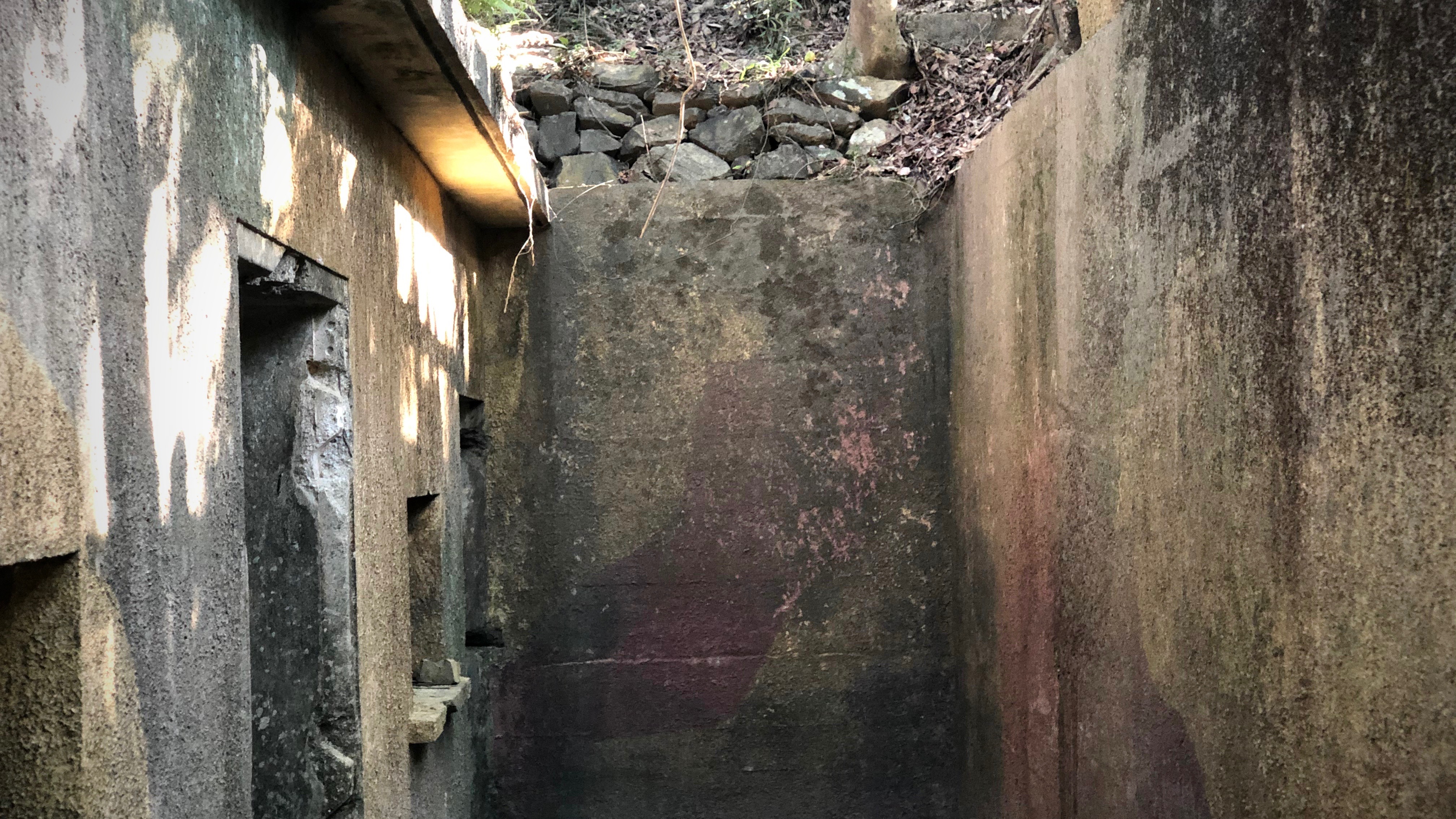

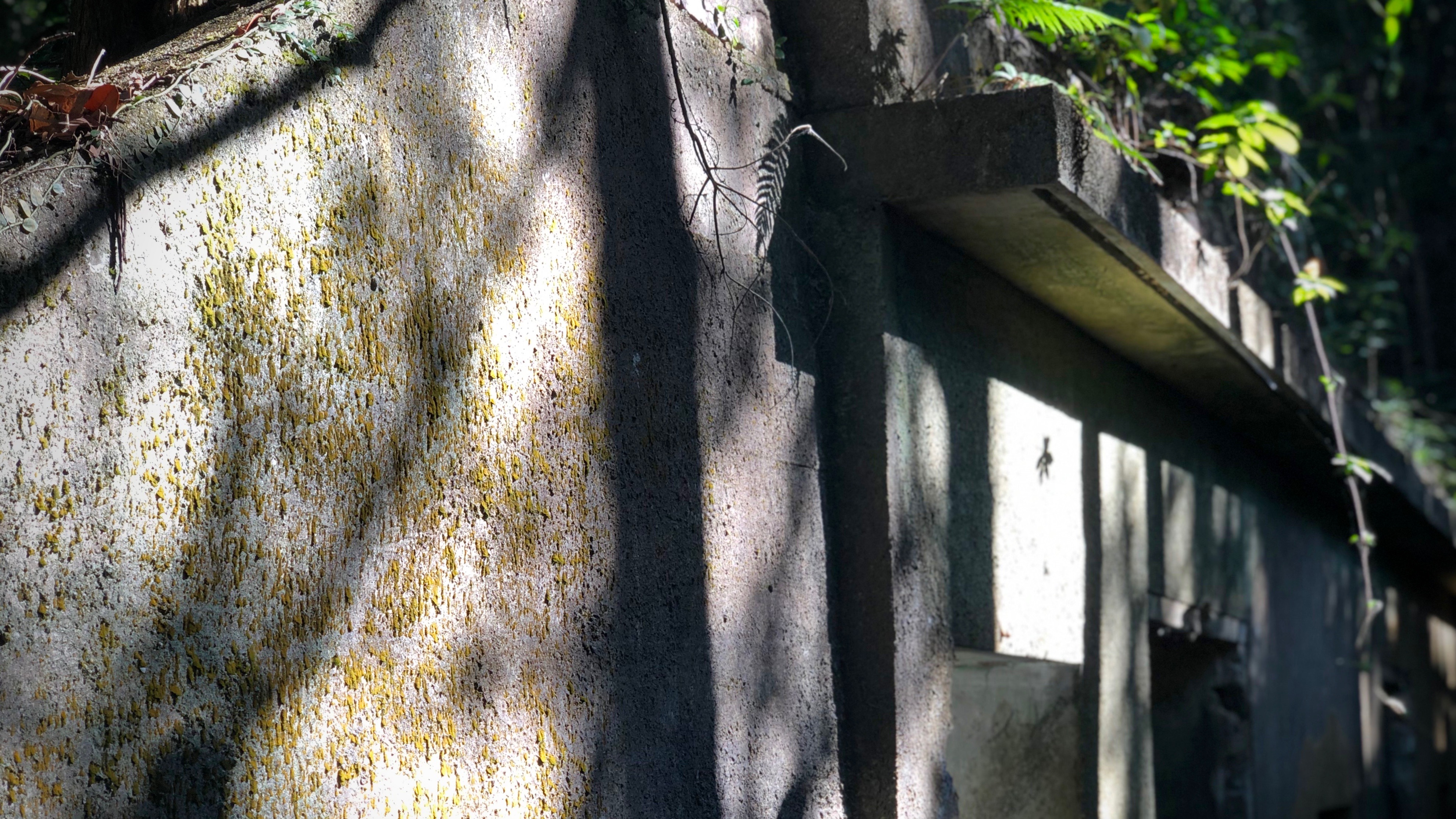
Protected by blast walls, these were the safest structures in the entire Battery used primarily for accommodation and storage. Fewer than 30 officers and men would have been at the Battery when the war started. Most gunners were of Indian descent, and even Chinese gunners served in the 5th Anti-Aircraft Regiment. However, it's not known if they served at Pinewood.
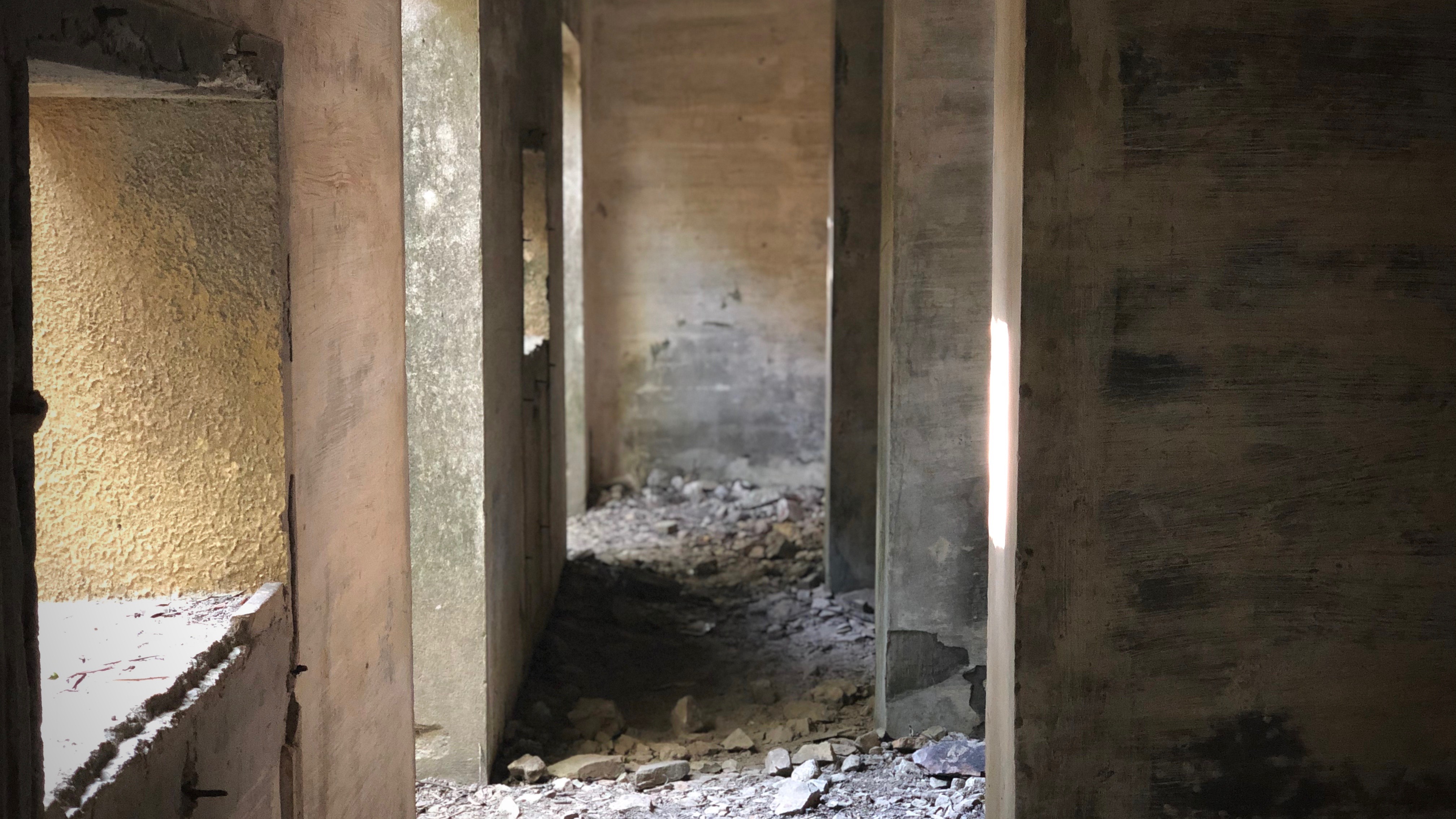
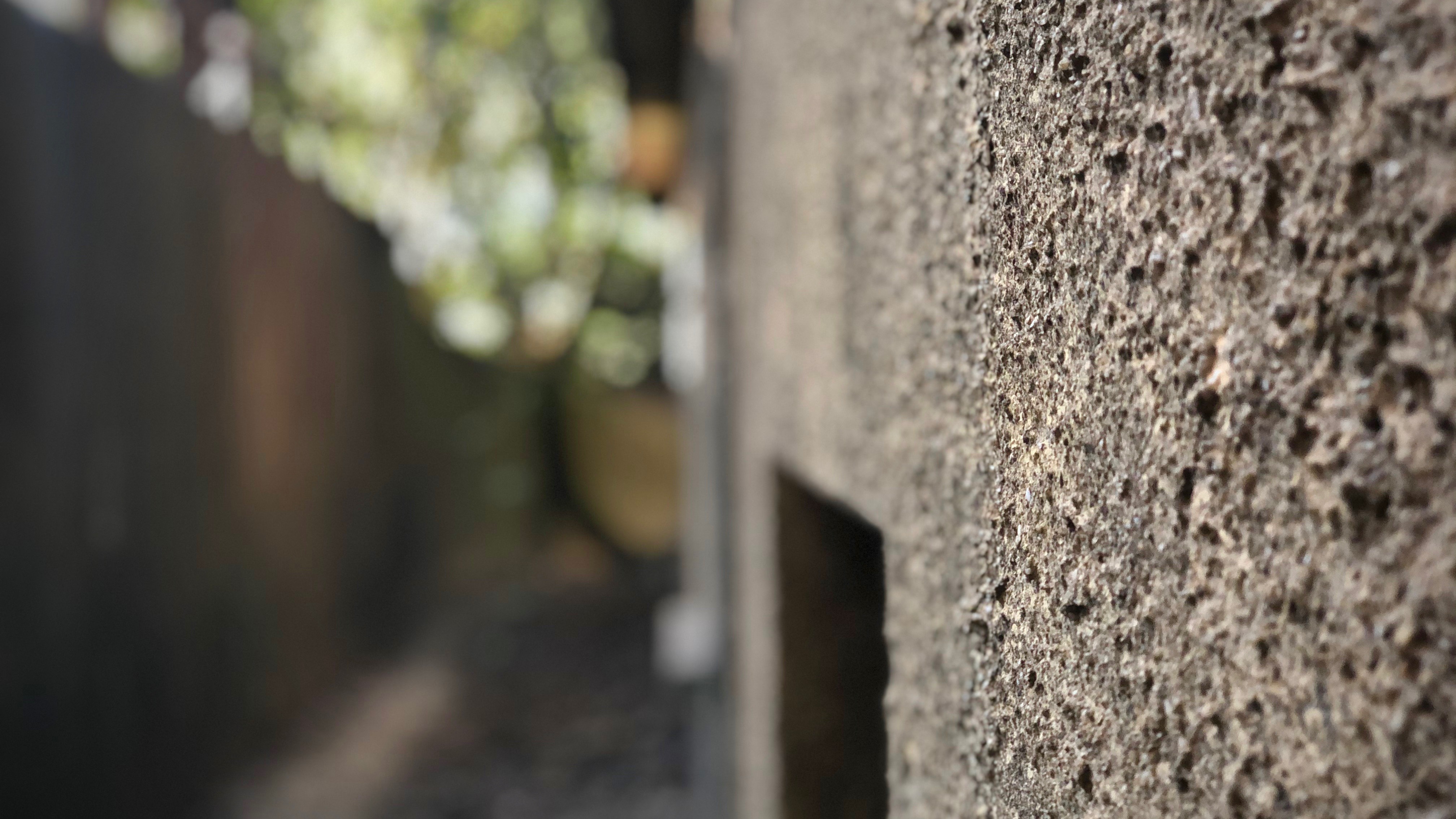

9. War Shelters
Back round to the park, and on either side, you'll see two structures with similar specifications. These are the Pinewood Battery shelters built in the 1930s and used as "stand to" stations for gunners awaiting deployment. The surrounding hills were barren at the time, so the cave-like cloisters were covered in earth and painted camouflage to better conceal them—with minor success—from aerial attacks. A Japanese Army map from November 1941 clearly shows Pinewood Battery. However, it's unknown whether the invaders knew of its purpose as a coastal gun battery, field gun position, or anti-aircraft gun battery. Pinewood Battery is a portal to another time, of war and peace, a netherworld of yesteryear virtually unchanged, humming with a silent beauty that's utterly unique to Hong Kong.
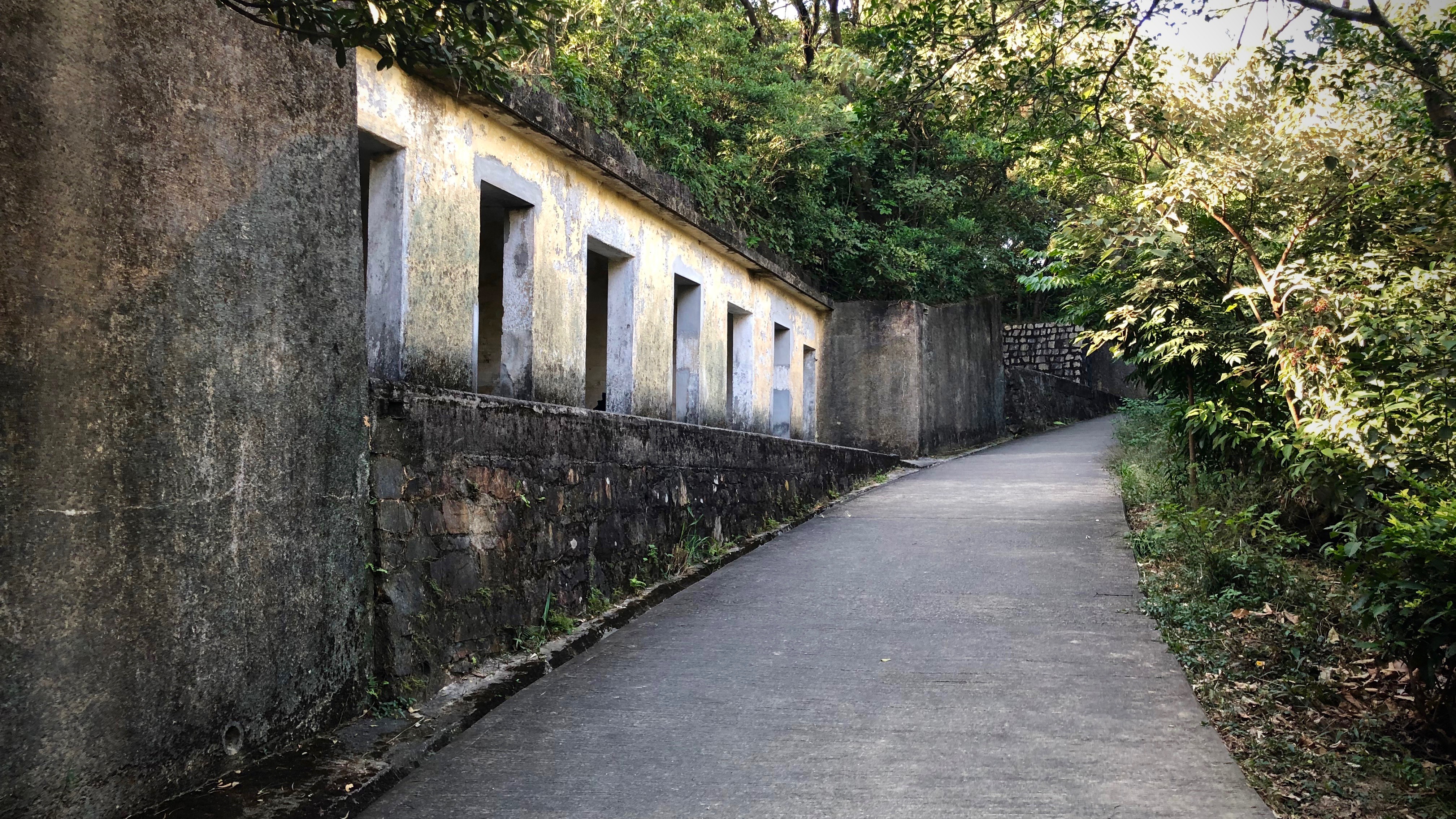
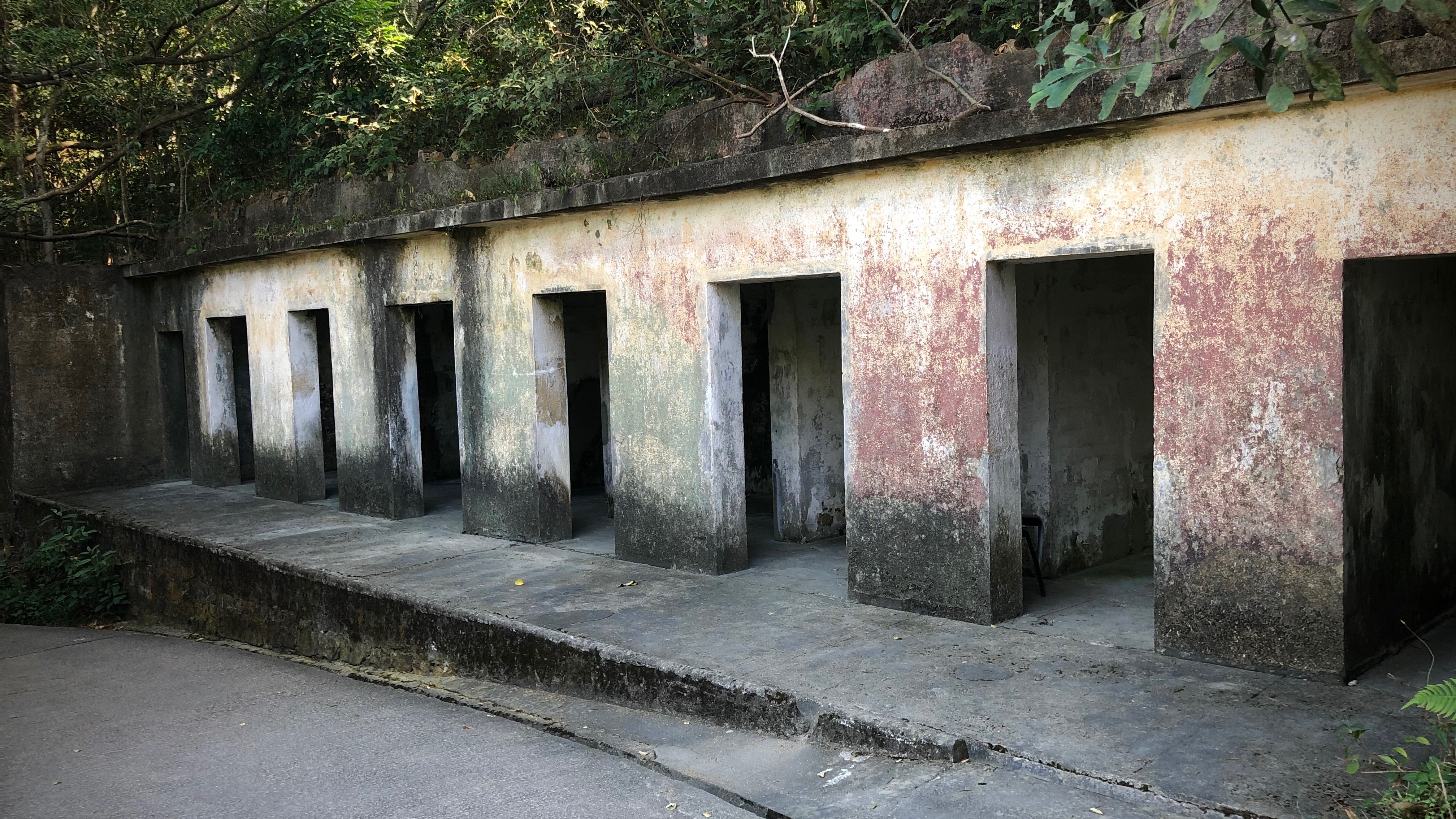
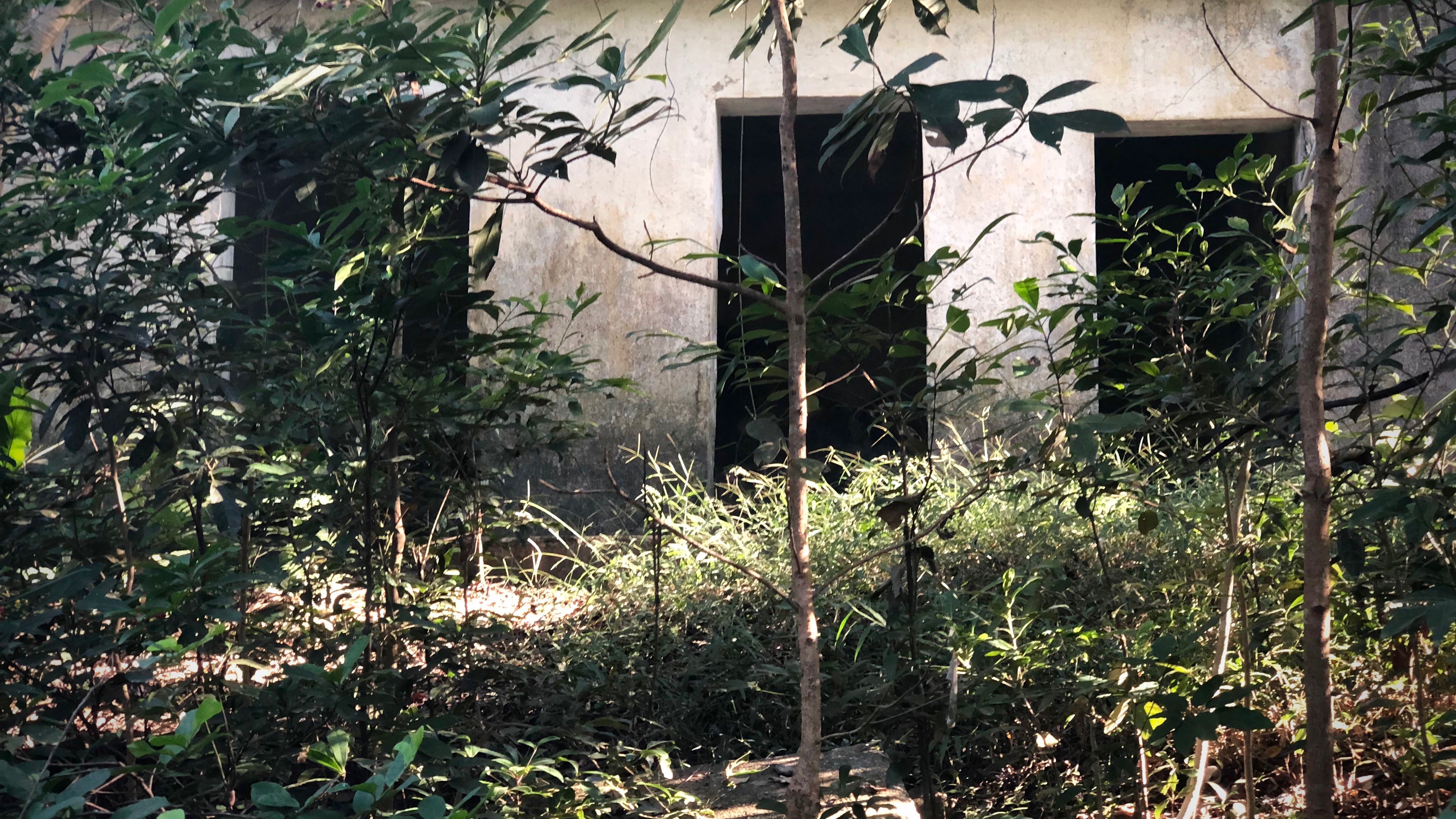
Getting There
Pinewood Battery is in Lung Fu Shan Country Park in the Central and Western District of Hong Kong. The easiest way to get to the Battery is a 2.3 km hike from the Peak. You can drive, bus, taxi, or tram to the Peak Galleria, then walk along the scenic Lugard Road with breathtaking views of the harbor. There are signposts along the way, as well as maps.
As he would refer himself, J.B. Browne is a half "foreign devil" living with anxiety relieved by purchase. HK-born Writer/Musician/Tinkerer.








Comment